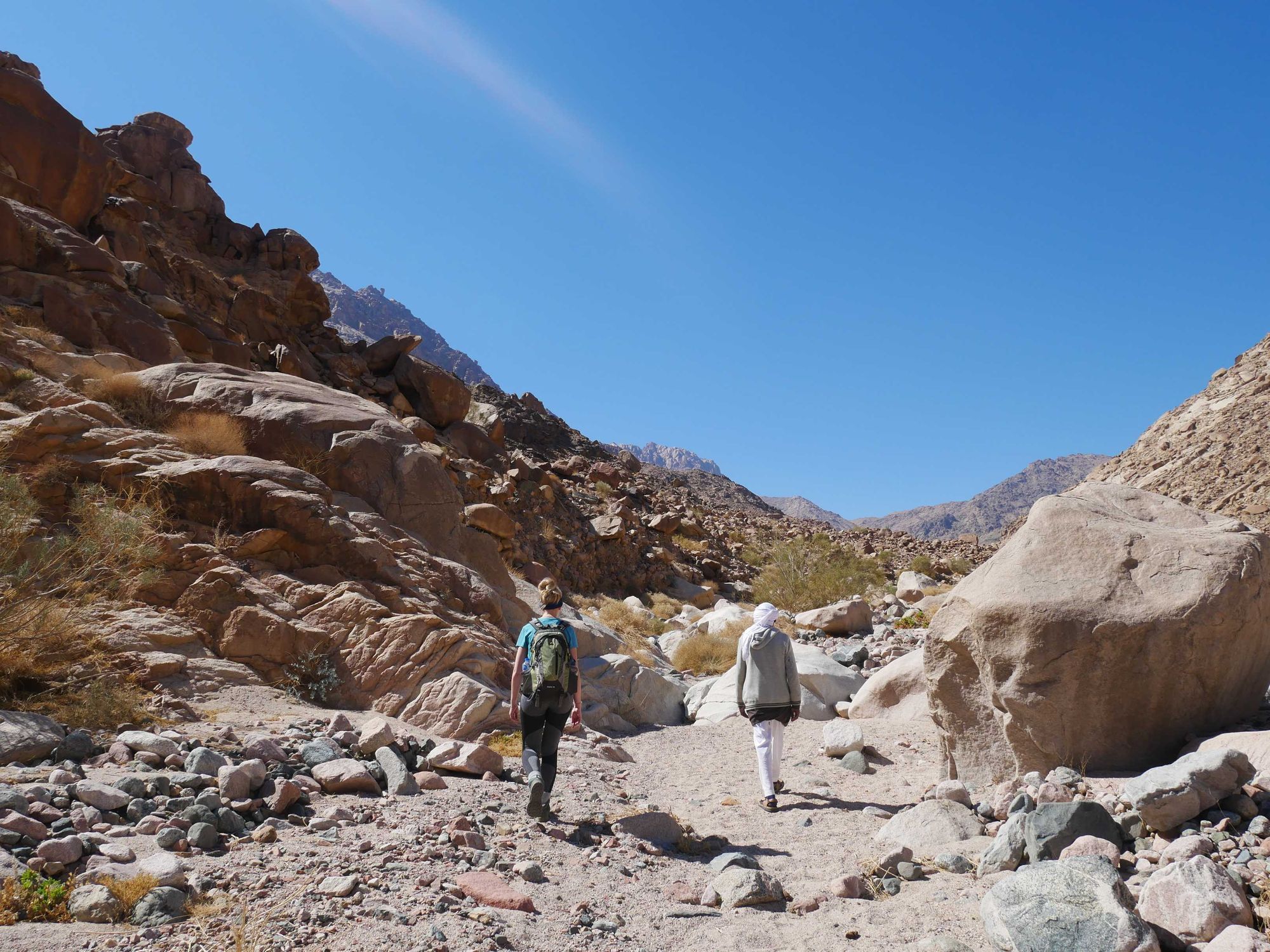While much of Egypt lies across the northwest corner of Africa, the Sinai region sits apart. A triangular peninsula jutting into the Red Sea and lapped by the Mediterranean, it’s the only part of the country that is geographically in Asia.
This bridge between vast continents can be a strange place to visit: while North Sinai is off limits due to political unrest, the southern part of South Sinai has developed a popular tourism scene and is very much open for business.
These are trails of memory and knowledge stored in the minds of the Bedouin who roam this wilderness.
This mountainous desert landscape has historically had few permanent settlements due to the fact that the local Bedouin population were nomadic. However, since the late 20th century, resort towns have developed and grown around the coast, hosting visitors seeking the sun in the depths of winter. Some cater to adventurers seeking out epic diving opportunities or the best places to rock climb; others consist of all-inclusive hotels and the neon lights of bars.
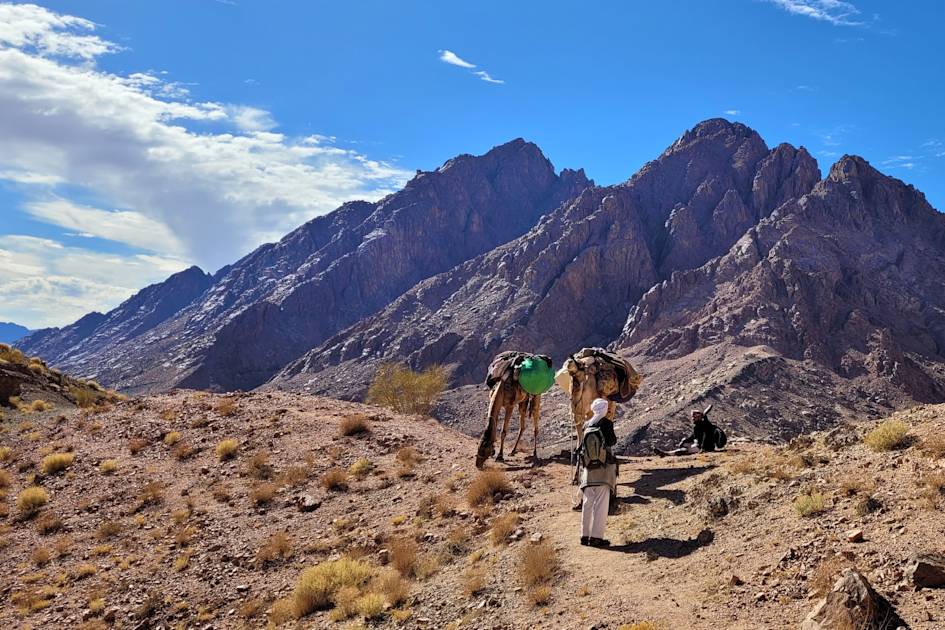
I’ve travelled there twice now, and I’m lucky enough to have got a little below the surface on my travels in South Sinai. My most recent trip involved guided trekking across the desert with Bedouins, bivvying each night in this extraordinary wilderness. Here is what I’d share with anyone looking to do the same.
If you’re picturing sand dunes and barren landscapes… think again
The South Sinai Desert is not a desert of endless golden dunes; having visited before, I knew to expect mountains and wadis. But when our Bedouin guide, Said, told us that every day would be different, I honestly wondered how varied it could really be – it was all desert, after all. Imagine my surprise when my (ahem – experienced, local, expert) guide was indeed on the nail: every day we hiked through a truly different vista.
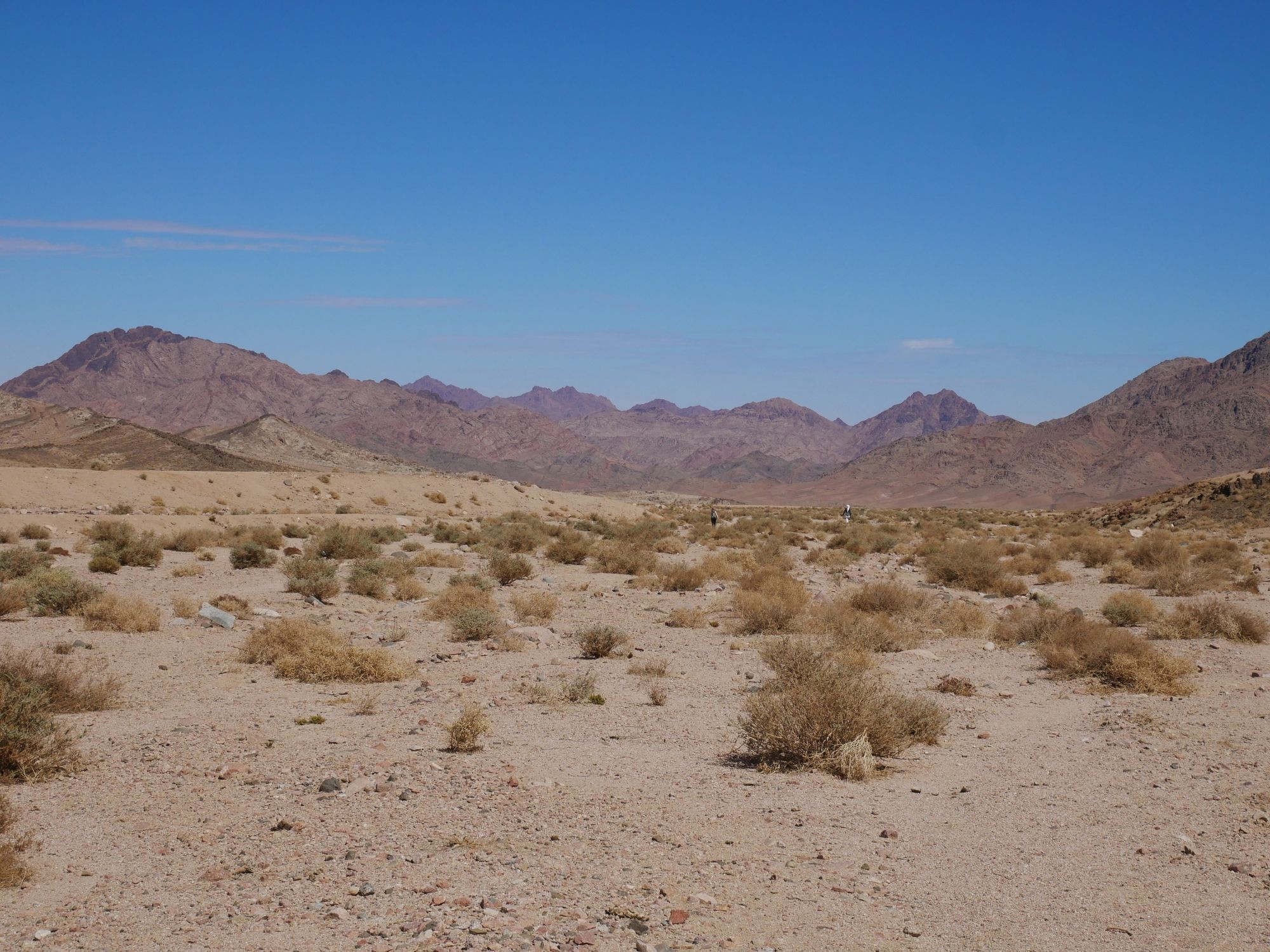
Some days, we weaved among sands and boulders with no discernible trail, as I wondered how on earth Said knew the way. Other days, we made our own path across vast, flat stretches with cloud-studded skies above. There were days when we scrambled among craggy mountains, and yet others where we were dwarfed by immense wadi walls and the most enormous rocks, smoothed and rounded by centuries of wild waters rushing through.
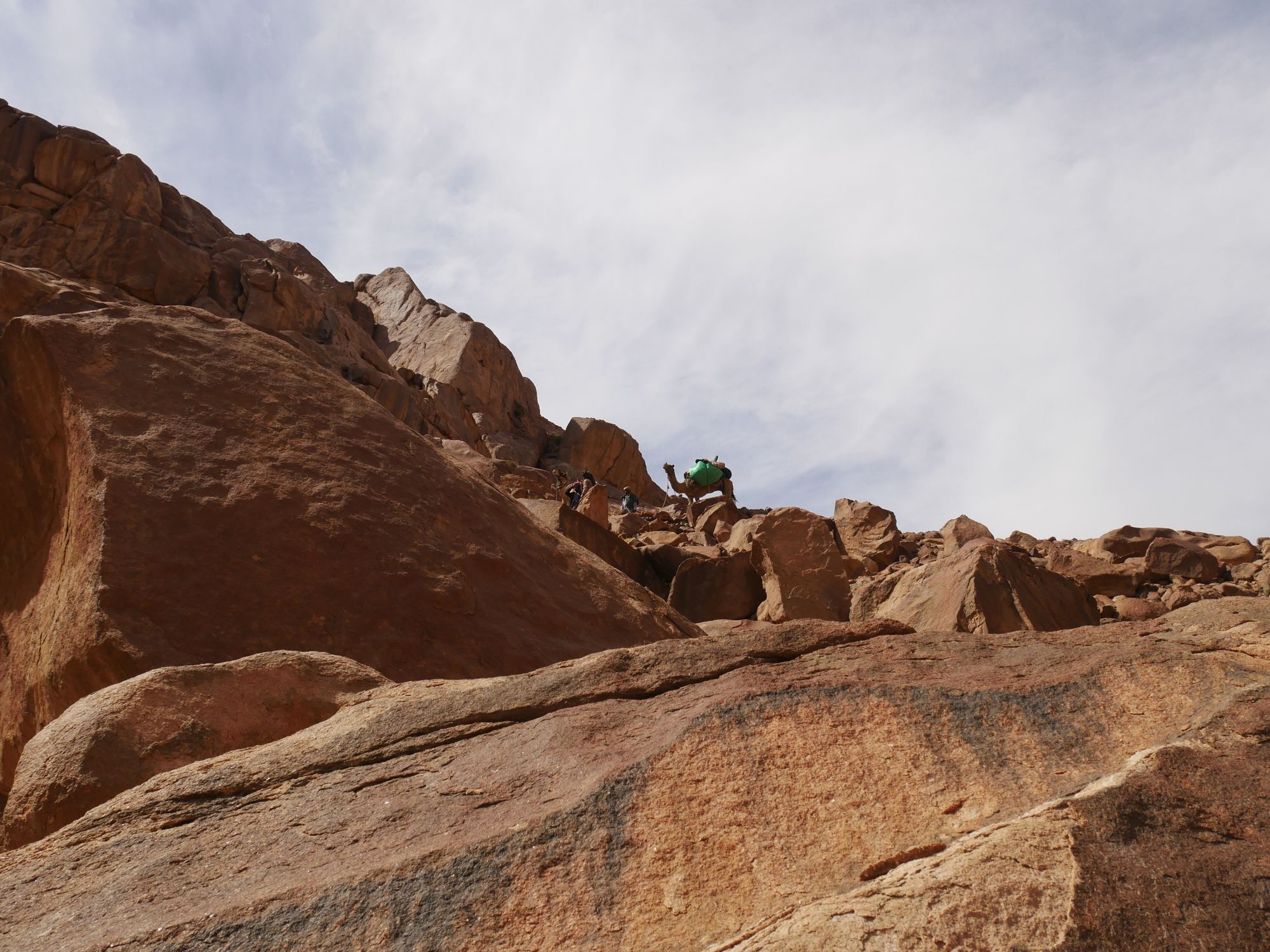
And as for the desert being barren – it really was anything but. Travelling in February meant I’d arrived following the rare spring rains, and there was plant life everywhere. We picked fresh herbs and leaves to put in salads at mealtimes, almond trees blossomed against blue skies, and the broom bushes were covered with hundreds of flowers.
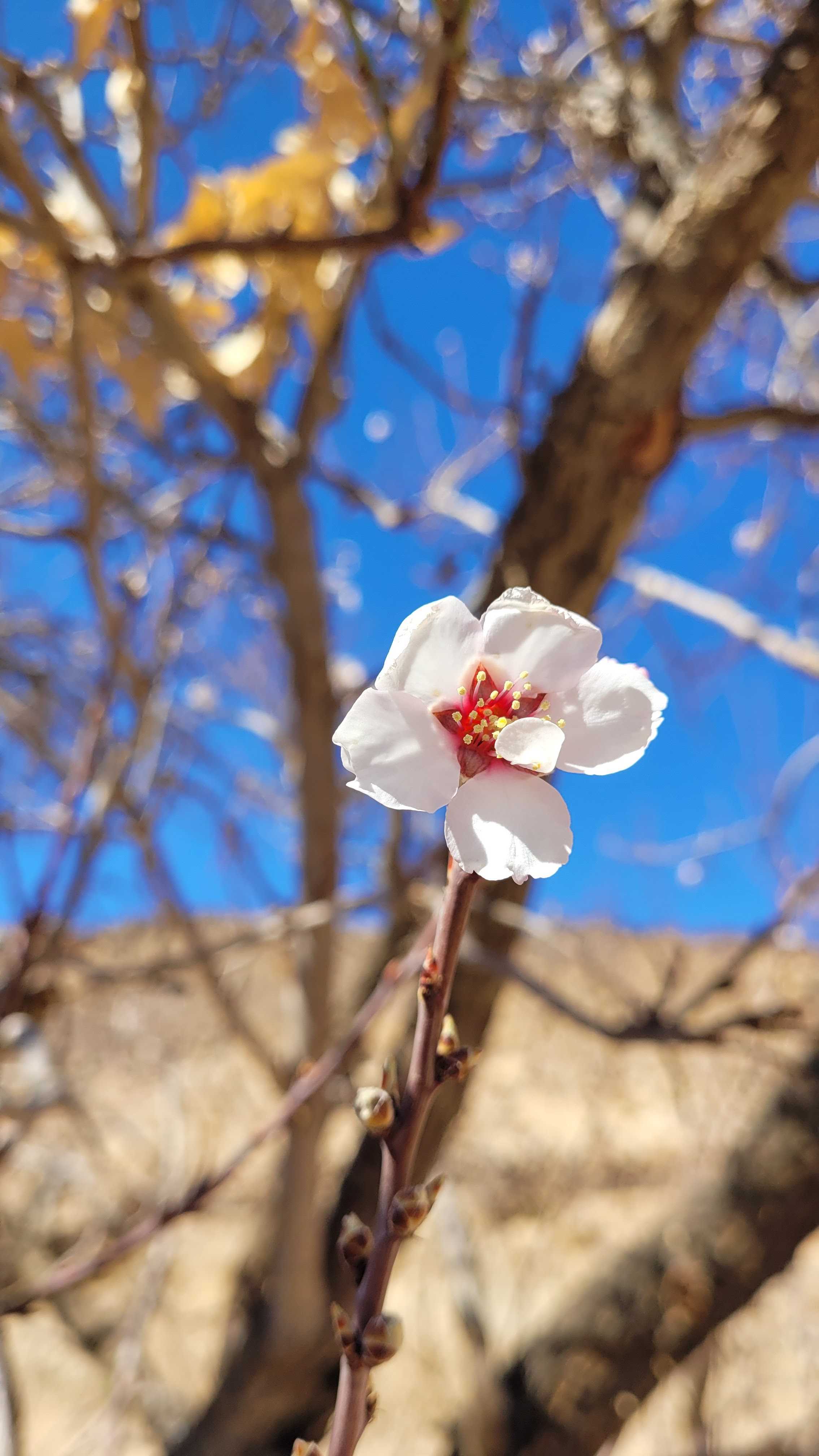
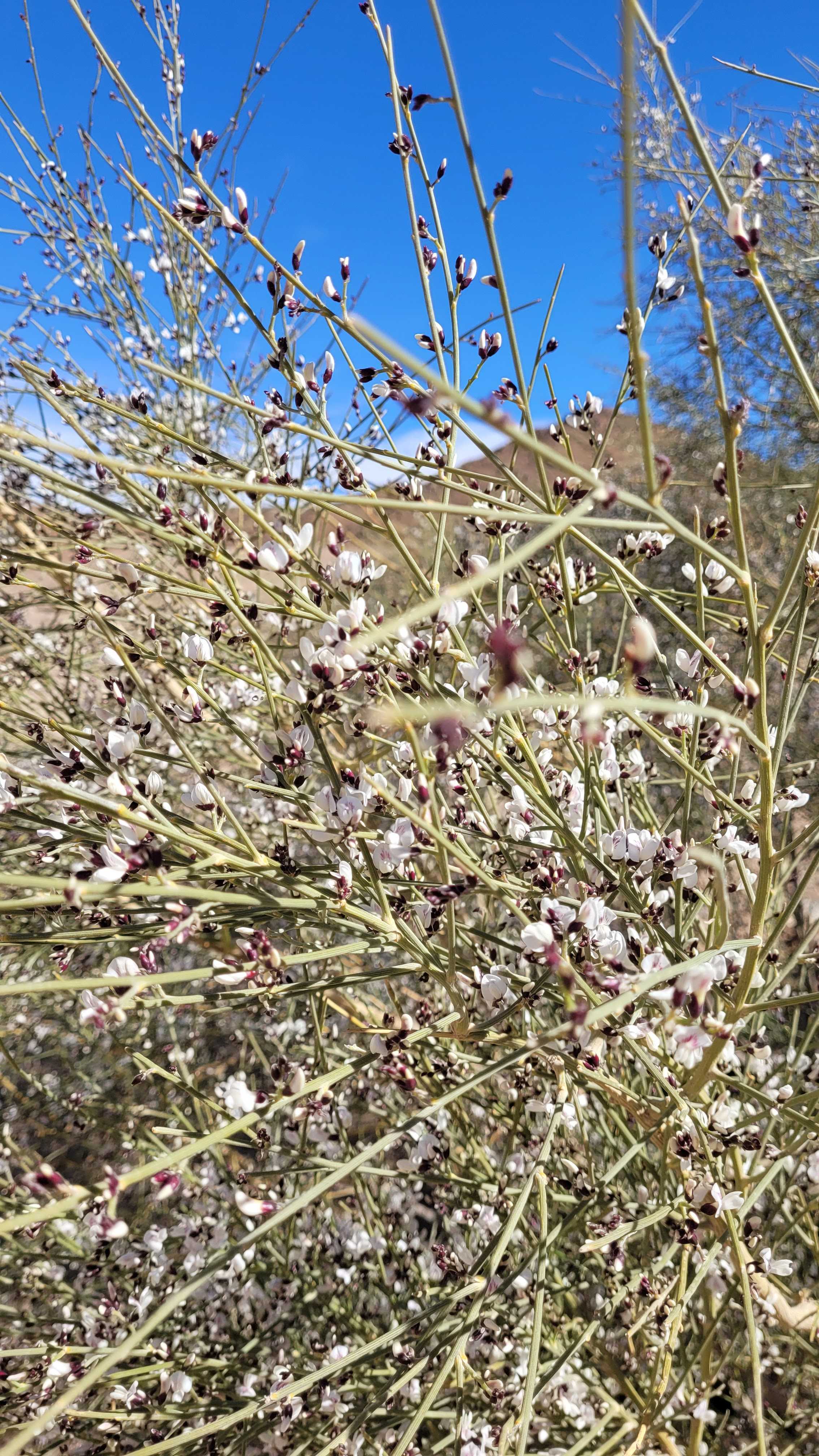
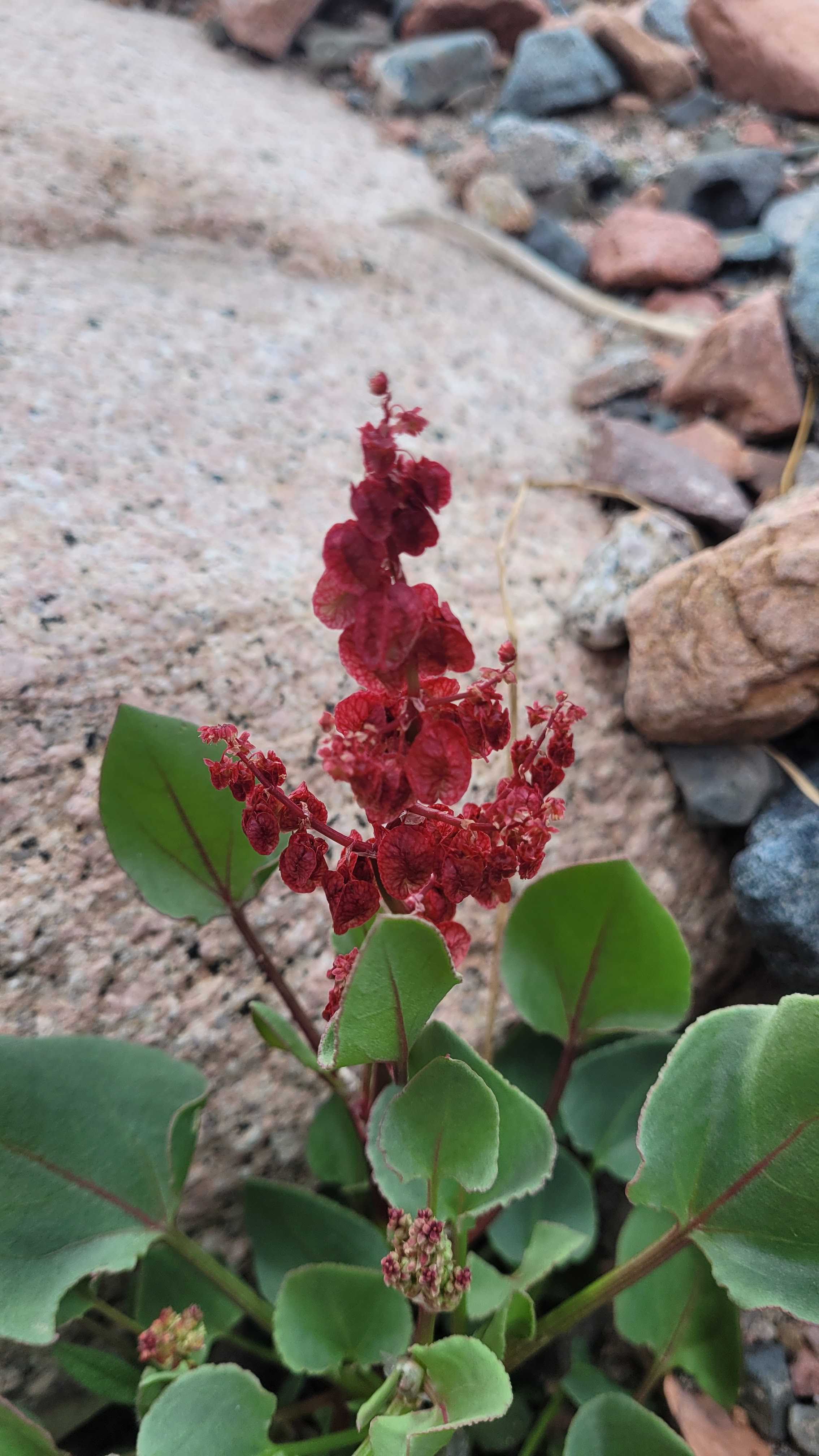
This genuinely feels like uncharted territory
Ahead of the trip, I tried to look up some of the routes and landmarks mentioned in the itinerary on Google Maps. In an age when the whole world can be viewed as a satellite image at the click of a button, everywhere feels knowable. Until, that is, you try and locate the trails and settlements of the nomadic Bedouin in the Sinai. Online maps show a big old white space, and hiking apps come up with very little beyond the well-trodden trails of Mount Sinai and Mount Catherine.
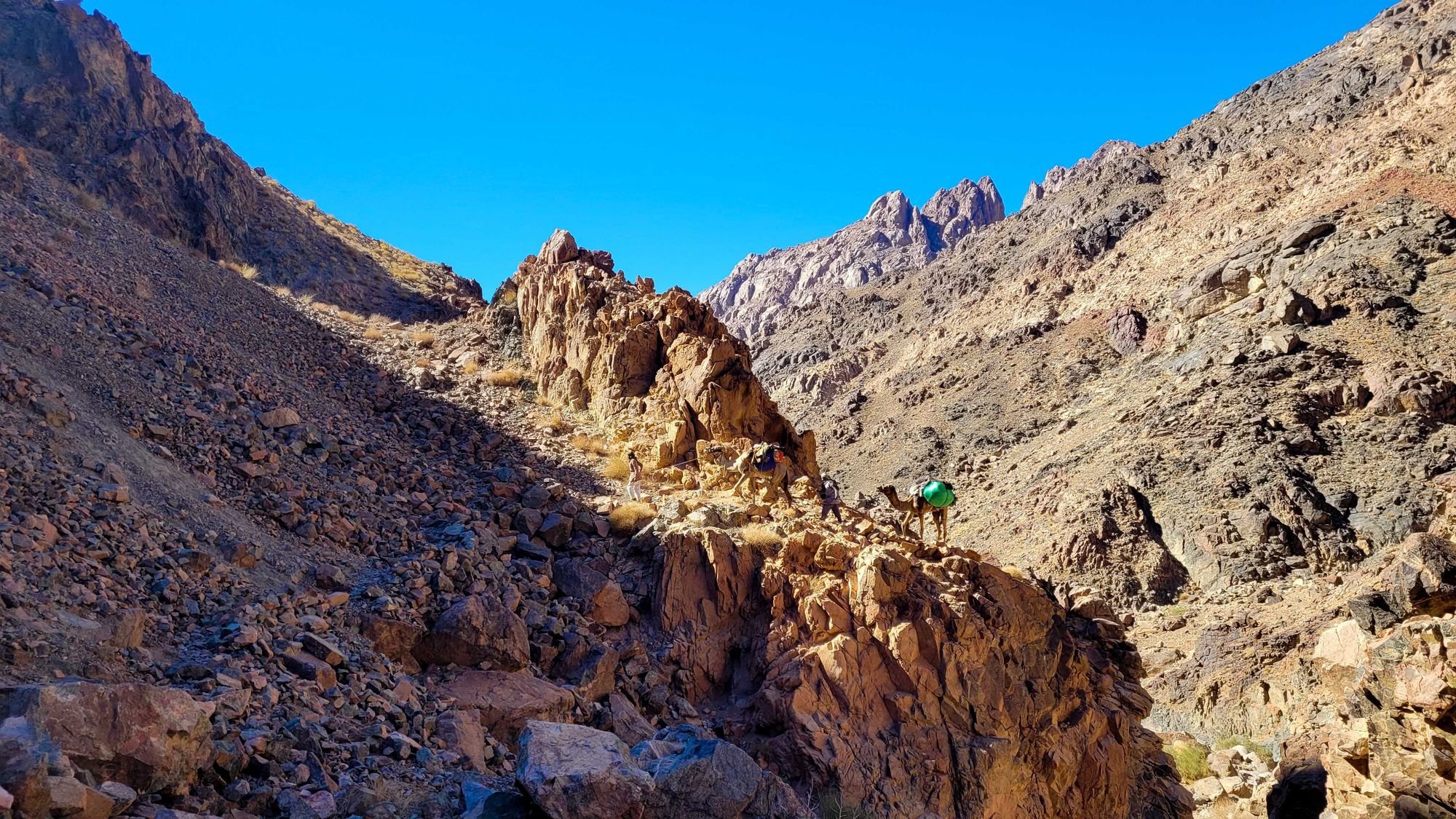
Once I arrived and began my adventure, I understood why. Lurching off-road in a Land Cruiser (top tip: take motion sickness tablets if you’re a queasy traveller!), we drove deep into the desert before even beginning the trek; once hiking, we watched as Said left carefully positioned stacks of rocks to indicate to our camel drivers which route we’d taken. There simply is no official route guidance nor marked paths here, these are trails of memory and knowledge stored in the minds of the Bedouin who roam this wilderness.
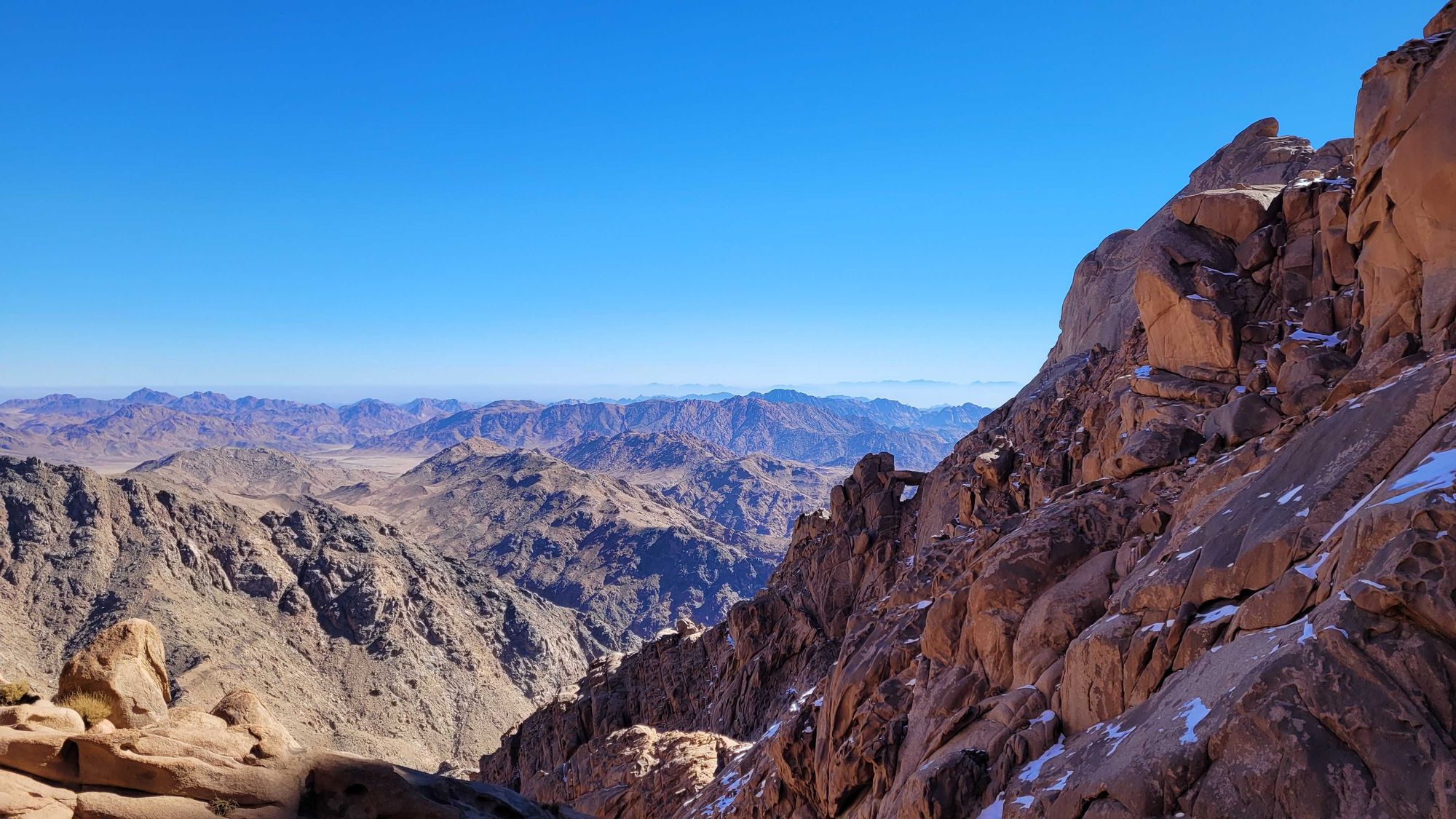
In fact, the day we clambered to the 2,587m (8,487ft) summit of Um Shomer, Egypt's second-highest peak, our little group of hikers literally saw no-one else. We were the only people on the entire mountain, which made the scramble extra special. With astonishing 360º views, hot tea and a picnic while we took it all in, plus a sprinkling of snow (the desert really is full of surprises), the only company was a golden spiny mouse, who was eagerly waiting for us to drop crumbs.
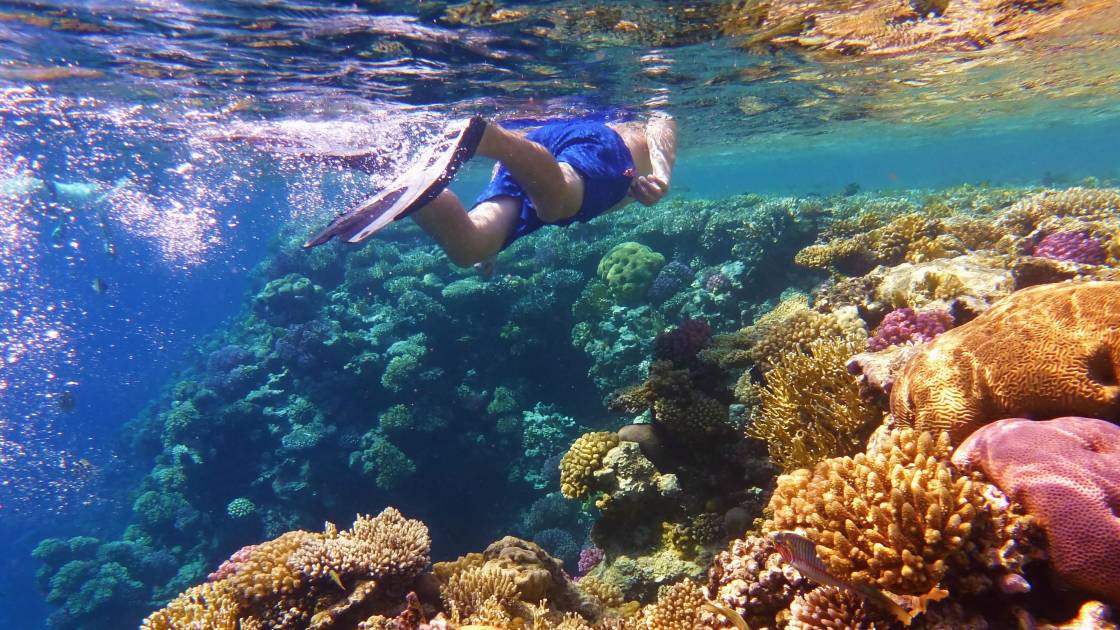
You’ll eat surprisingly well considering the remoteness
Fresh, juicy oranges, plump dates and sticky halva. Tasty plates of fuul (cooked fava beans), tinned hummus, and tangy white cheese. Food is not just fuel on this trip, it’s part of the whole experience. Tea breaks are a (frequent!) chance to regroup. I was amazed at how quickly the process of grabbing some sticks, lighting a fire and sitting down with a glass of steaming hot tea became as normal as popping the kettle on for a cuppa.
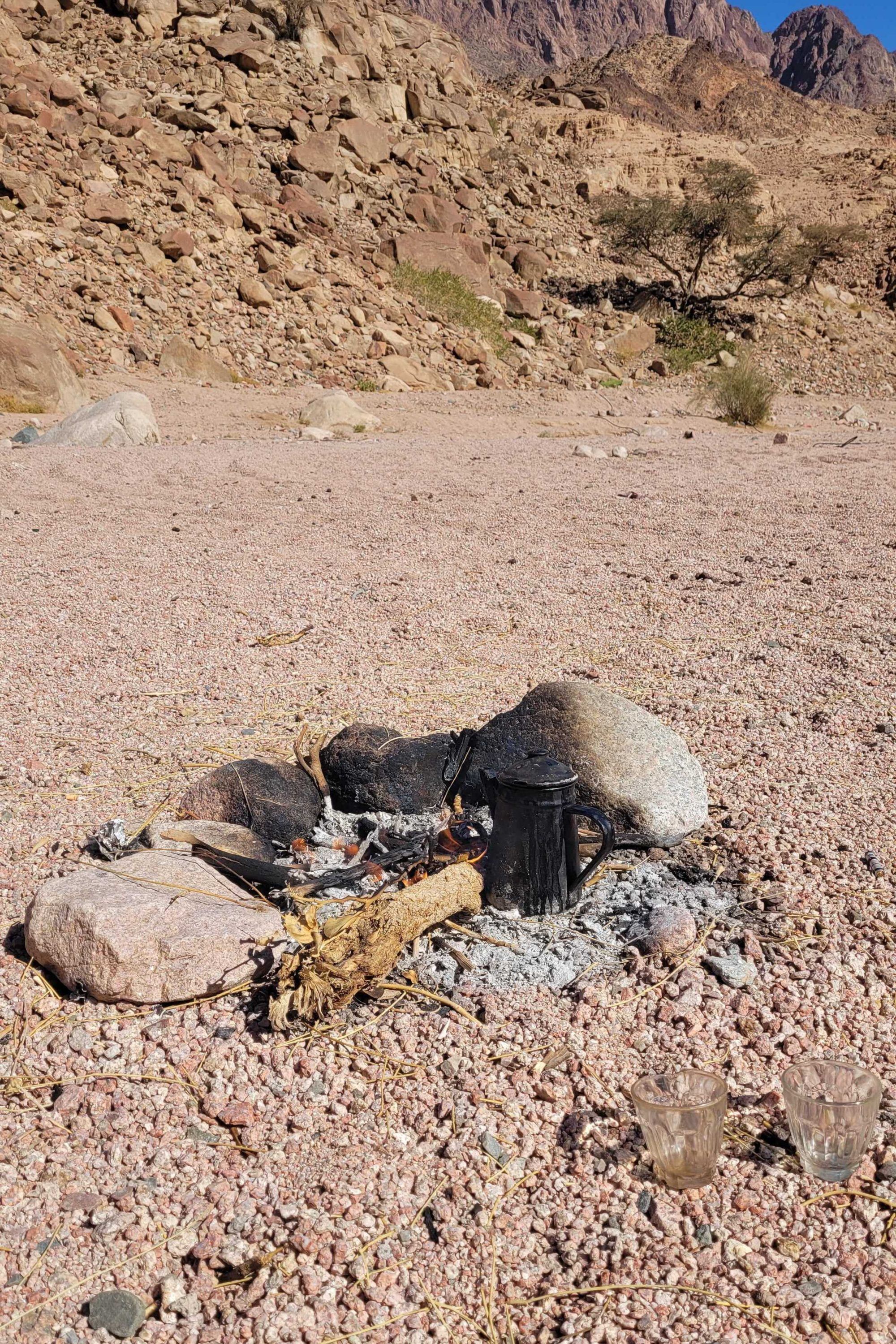
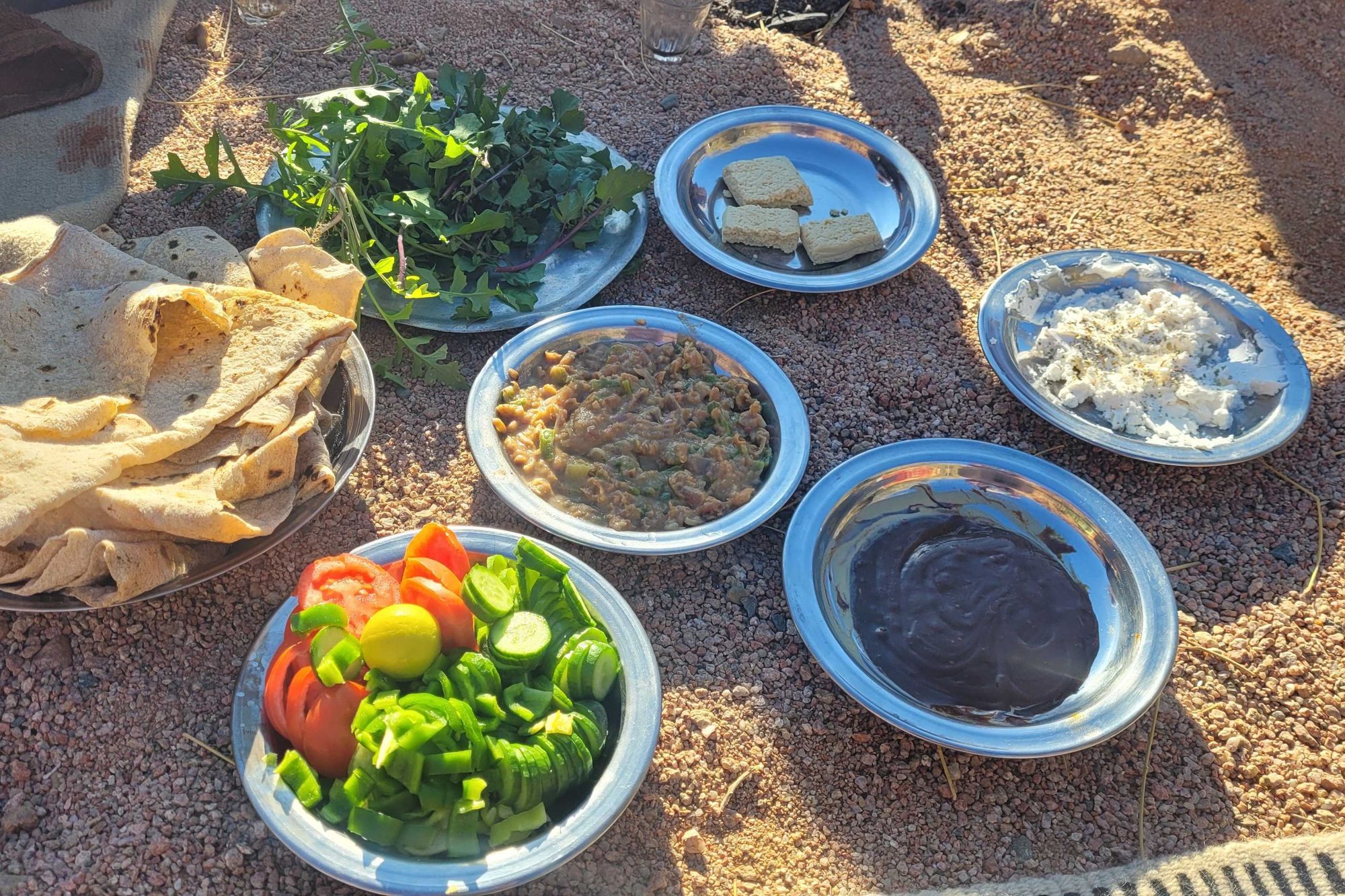
Meal times formed the backbone of each day, as we rinsed the greens we'd foraged, chopped vegetables with our Bedouin cook, and chatted around the fire over sweet tea as pasta or lentils bubbled away in pots. To my delight, one lunch time we even roasted aubergines directly over the flames to make some of the best baba ghanoush I’ve ever had.
We rinsed the greens we'd foraged, chopped vegetables with our Bedouin cook, and chatted around the fire over sweet tea
Each evening, after freshening up post-hike, we’d watch the sun sink behind the desert horizon, and edge a little closer to the fire, and finally tuck into our delicious vegetable stews and rice before listening to the captivating music of the oud.
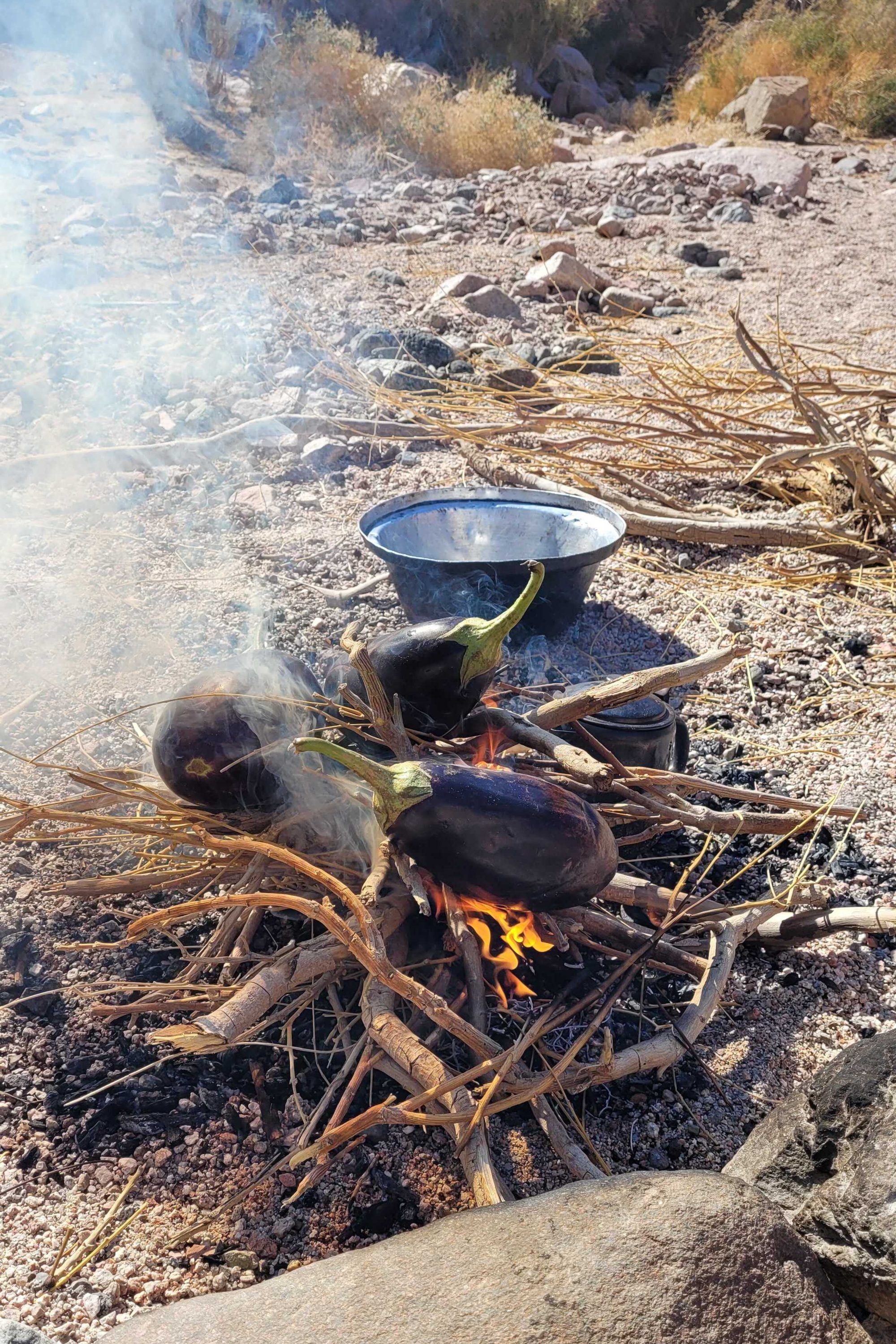
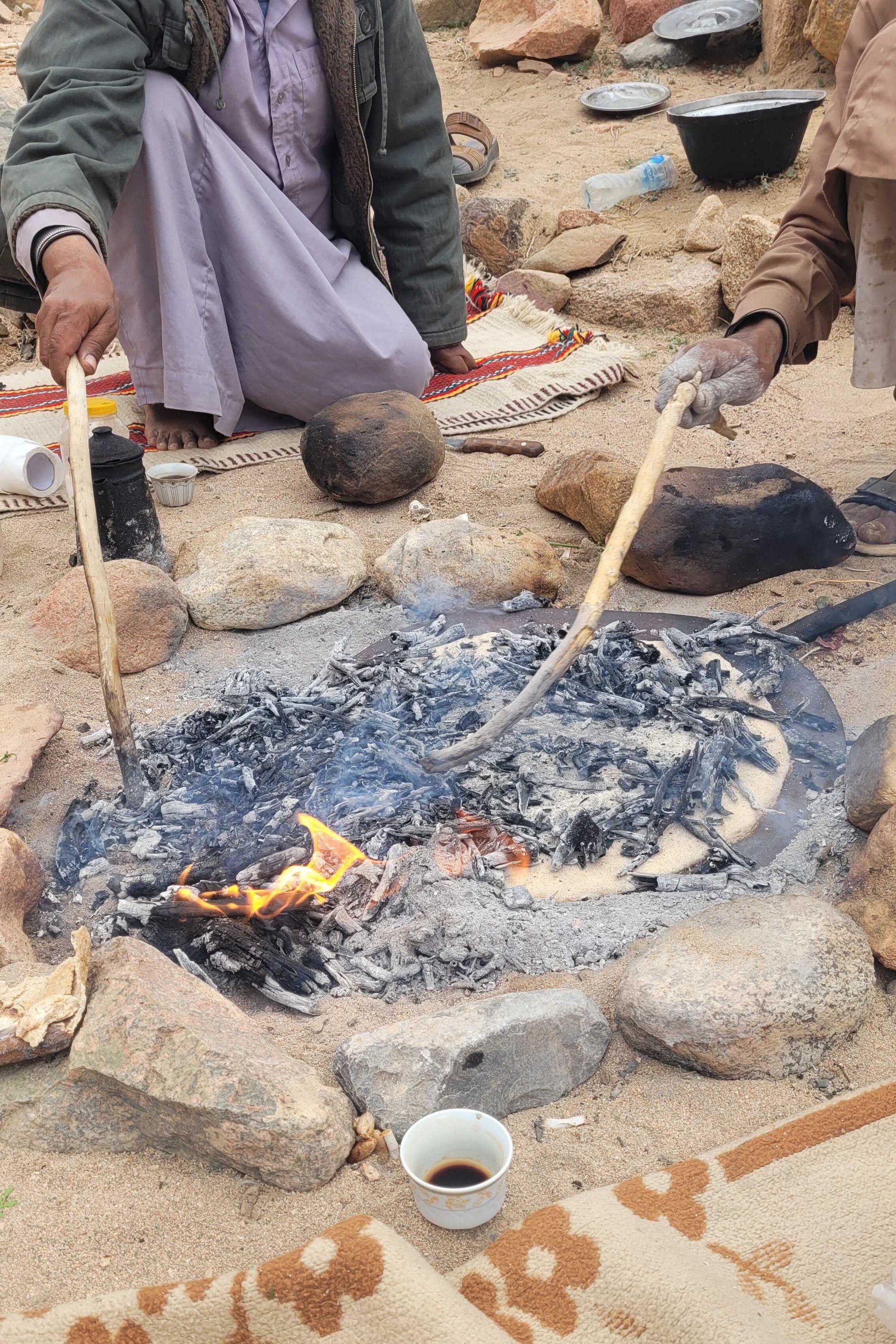
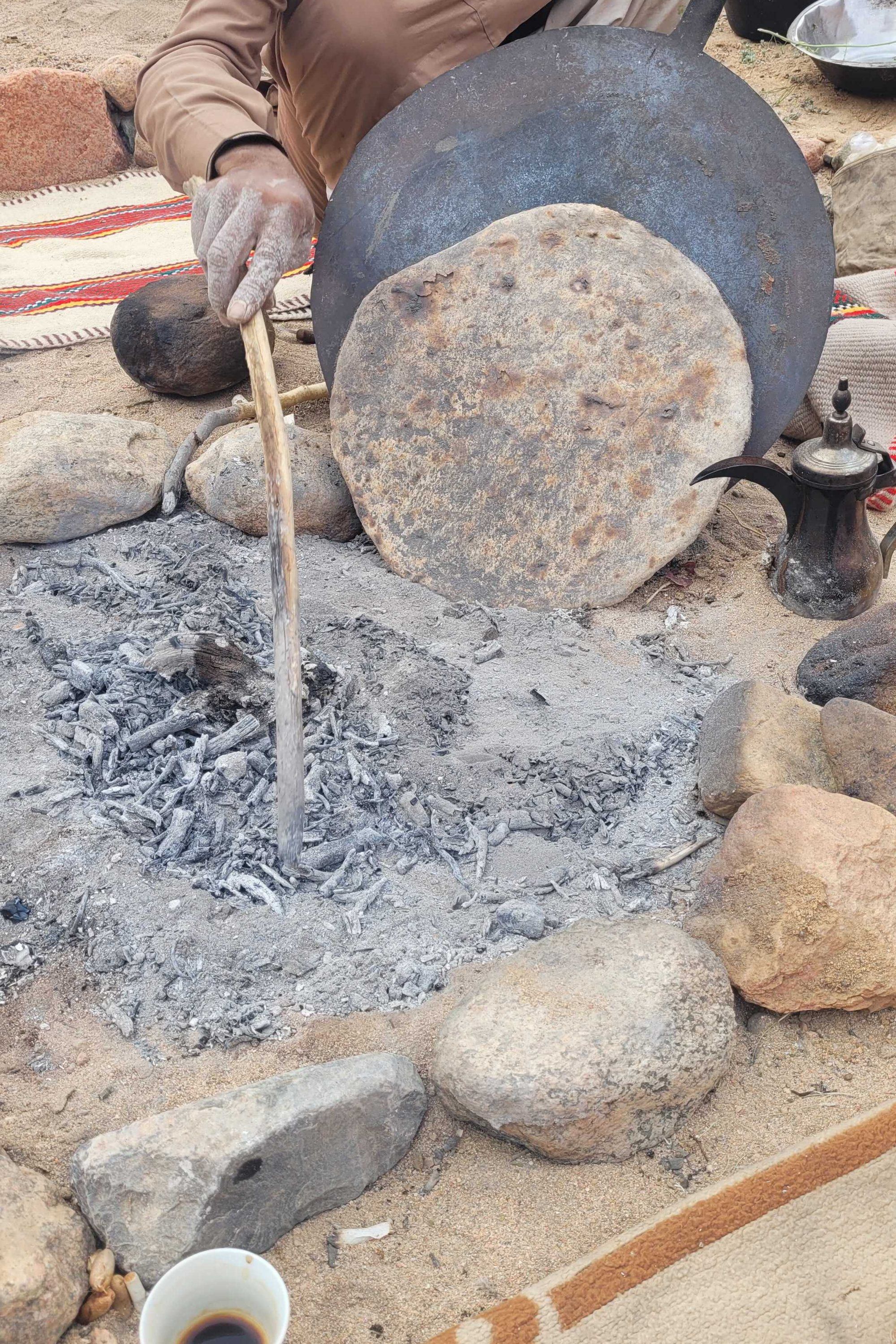
Unbelievably, we also had fresh Bedouin bread – sometimes thin flatbreads for scooping up fuul, other days a slighter thicker bread perfect for mopping up vegetable sauces. The dough was mixed and kneaded at camp, and spread on to a metal plate which sat above the fire. The part-baked bread was then finished by being buried in the hot coals.
Don’t underestimate how cold it can get
My first visit to the Sinai region was (perhaps unwisely) in August. The temperature reached highs of around 50ºC during the day – it was the kind of heat where I discovered that even my kneecaps could sweat. So this time, although I knew that by travelling in February I could expect balmy days but cold nights, it was hard to imagine it really getting that cold.
Each evening, after freshening up post-hike, we’d watch the sun sink behind the desert horizon, and edge a little closer to the fire
That is, until the sun set on our first night in the wilderness. If you’re travelling between December and February and sleeping outside, you will truly be glad of a four-season sleeping bag, some good thermals and a crackling fire – the temperature drops dramatically. We awoke to frost on our bags more than once, and the first hot, cardamom-spiked coffee of the day as the sun began to warm our faces was much needed.

That said, sleeping directly under the stars, marvelling at the glow of the moon, and watching the creep of sunrise reveal the silhouettes of palm trees each morning was unforgettable.
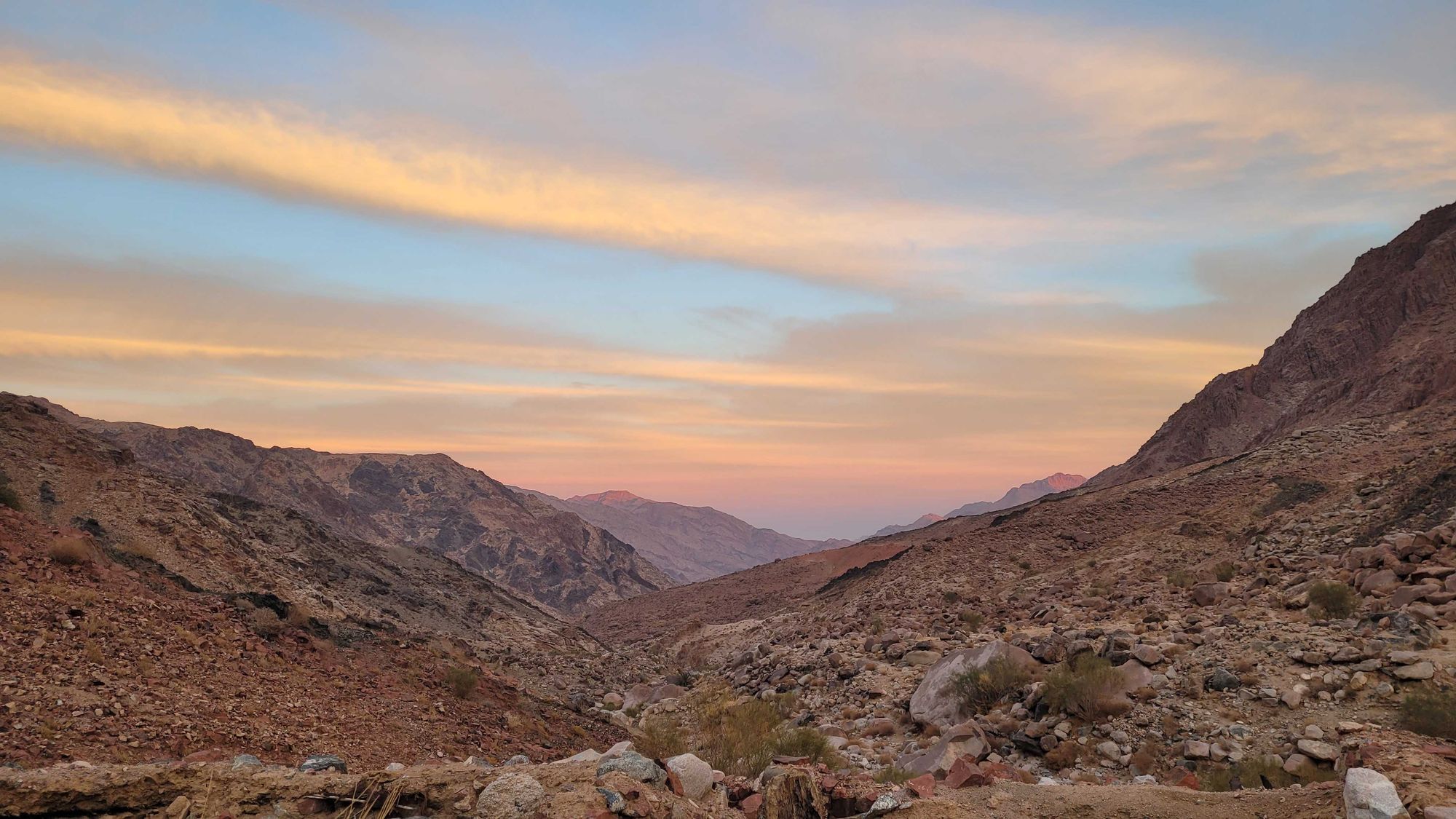
Arriving to a desert oasis is just as cool as you'd imagine
Egypt is somewhere that had fascinated me since childhood – the mystery of the pyramids, the chaos of Cairo’s streets, the combination of fertile river and desert that was home to an enduring ancient culture – I was lucky enough to explore this, as well as the kaleidoscopic world under the surface of the Red Sea, on my first visit to the country.
But on my most recent adventure, the moment that would have wowed 10-year-old me was arriving at a real-life desert oasis.
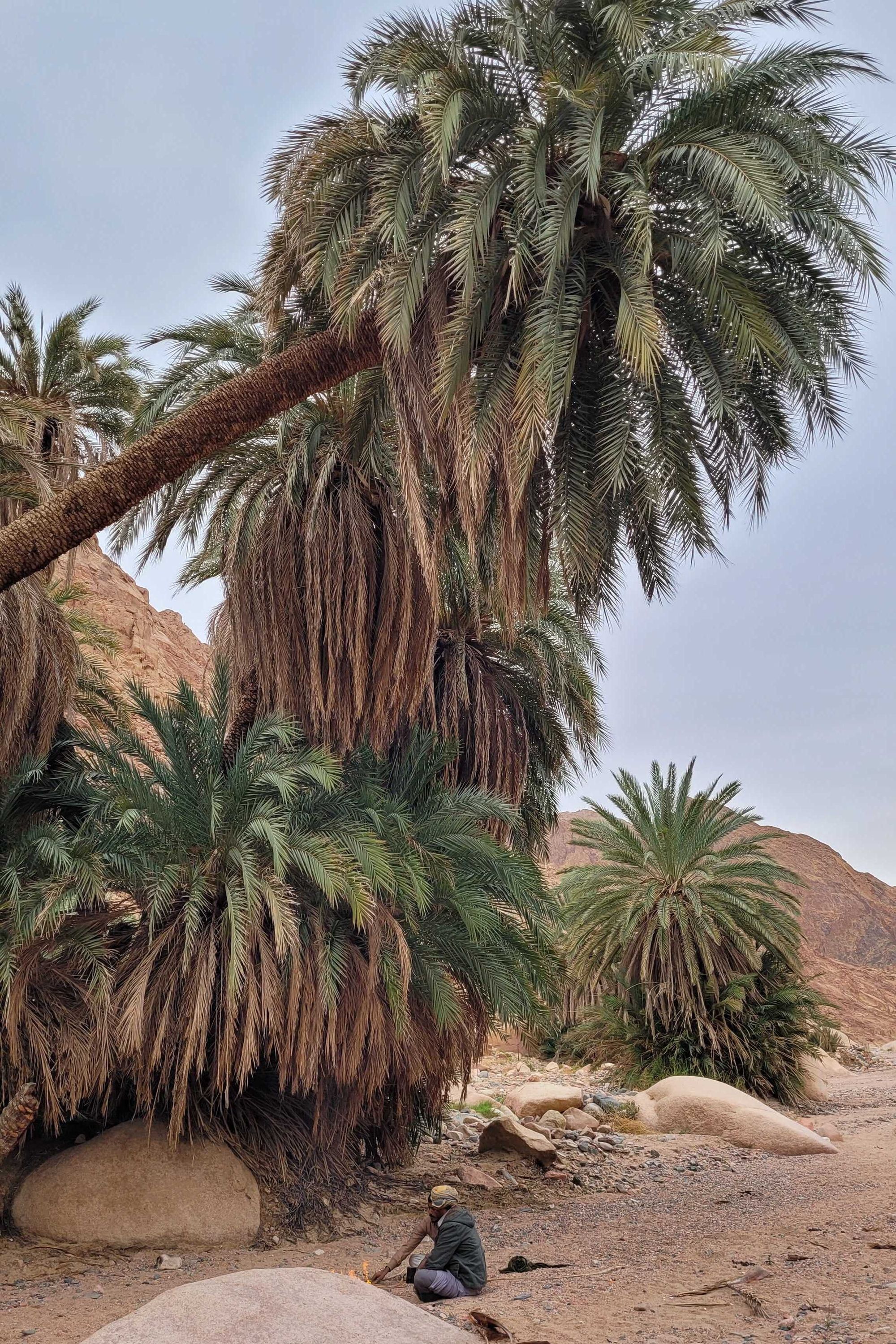
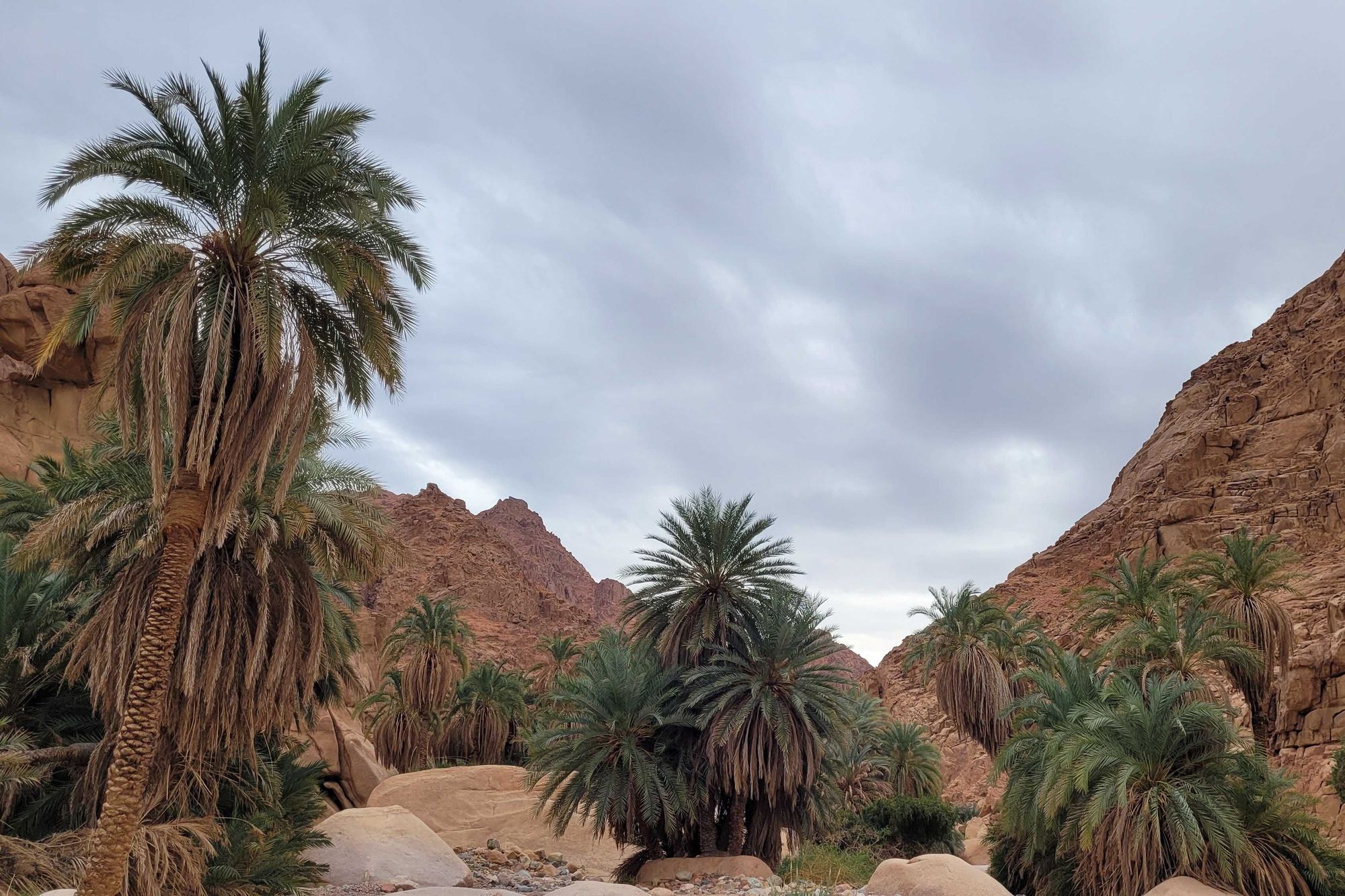
Emerging from one of the most barren sections of the trail on our final day of hiking, the clump of palm trees felt almost akin to a forest; our camels were delighted by the array of foliage to munch on, and algae bloomed in the trickle of water that gave life to this oasis. A truly epic spot to stop for our final lunch before wrapping up our adventure and heading back to Sharm for sea swims, hot showers, and real beds.
Inspired? Check out our full range of adventures in Egypt now!


